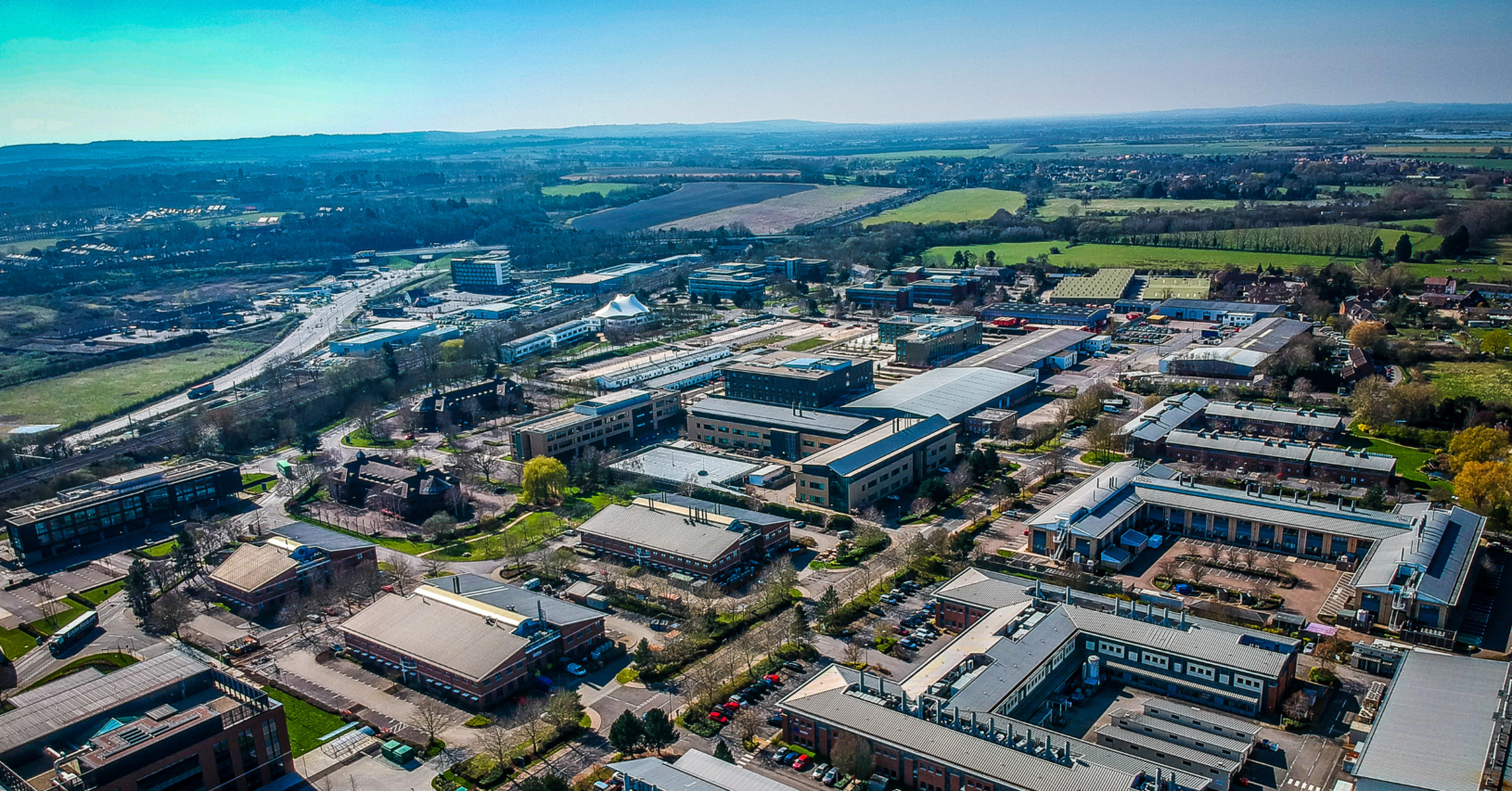Government’s Investment Zones policy may limit big cities’ ability to deliver productivity growth owing to a too-narrow focus on sector-specific hotspots of innovation activity, new research by Centre for Cities has found.
Innovation Hotspots: Clustering the New Economy mapped 344 nationally significant hotspots of innovative firms across the UK, and found that they typically comprised a wide range of related activities rather than one particular industry. Hotspots specialised in a single sector are rare, which suggests that most ‘new economy’ firms, irrespective of their sector, benefit from the advantages offered by a local area or neighbourhood.
Policies aimed at clustering ‘new economy’ activity should instead harness the common characteristics of existing hotspots such as good transport links, lots of quality office space, access to highly skilled workers and strong anchor institutions nearby such as a research-intensive university or large high-tech employer.
The 344 hotspots comprised 18,468 businesses which, combined, represent 0.6 percent of all businesses registered in the UK. They made an outsized contribution to the economy of roughly one percent of the nation’s economic output – £18.5 billion – in 2019.
According to the research, there are hotspots of ‘new economy’ firms in every region of the United Kingdom, with four in every five people living within 10 miles of at least one.
They are particularly concentrated in city centres. Innovative firms benefit from deep labour markets, a high supply of commercial space in which to grow, and opportunities to learn from one another, all of which they find in big cities and – to a lesser extent – in suburban and hinterland areas.
Outside of London, the UK’s big cities have fewer clustered new economy firms than their size would suggest. This underperformance in big cities explains much of why there are so few hotspots outside of the Greater South East.
Birmingham, Nottingham, Newcastle, Liverpool, Sheffield and Glasgow all have fewer new economy firms for their working population than average for urban areas in the UK. Sheffield’s four hotspots have just 87 firms, making it the major city with the lowest proportion of innovative firms in hotspots.
Andrew Carter, Chief Executive of Centre for Cities, said:
“Government has a plan to increase investment in places where innovative firms are flourishing, and our research shows this is the right approach. New economy hotspots are the melting pots where future productivity growth will emerge. The Government’s proposed Investment Zones will give places a chance to support innovative, high-growth activity further.
“For a long time, politicians have been happy to be seen as champions of specific sectors with potential for growth and innovation. Our advice to policymakers is that trying to narrow the focus of innovation hotspots will prevent them from achieving what they set out to do in the first place – nurturing places that offer lots of benefits to a wide variety of firms with high growth potential.”
Contact
For any questions, or to request a copy of the report under embargo, please contact the Centre for Cities press office: Sean Canty, 020 7803 4316, s.canty@centreforcities.org.

